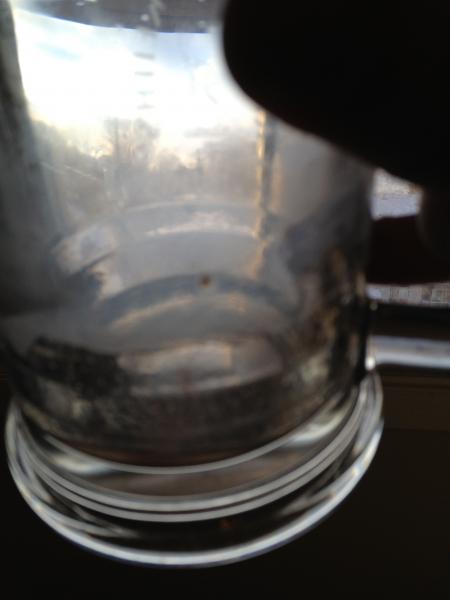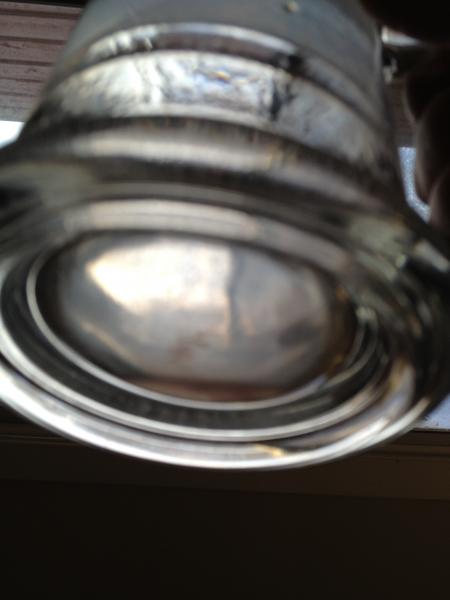thanks billtzk. As far as the switching cleaners and sanitizers & replacing equipment I've tried those. I agree, I'll suck it up and pack the water for next batch in order to eliminate that variable. I figure I'll bring enough for the entire bath though, not just top-up. I'm also changing to glass carboy for primary instead of plastic bucket style primary.
With regard to chloramine, I didn't suspect it was the culprit. My question was if that treatment would kill wild yeast or bacteria that could be causing issues from tap water. After all, it is treated, isn't that what it does?
Yes, that is what it does, but it does not eliminate 100% of all bacteria. The water that comes out of your tap isn't sterile.
It doesn't, for example, kill all parasites either. Cryptosporidium, caused by fecal contaminated water, is fairly resistant.










![Craft A Brew - Safale BE-256 Yeast - Fermentis - Belgian Ale Dry Yeast - For Belgian & Strong Ales - Ingredients for Home Brewing - Beer Making Supplies - [3 Pack]](https://m.media-amazon.com/images/I/51bcKEwQmWL._SL500_.jpg)




















































 It wasn't covered so it could have been anything in the air or water but I figure it is likely a sign of the issues I've been having with my beer.
It wasn't covered so it could have been anything in the air or water but I figure it is likely a sign of the issues I've been having with my beer.